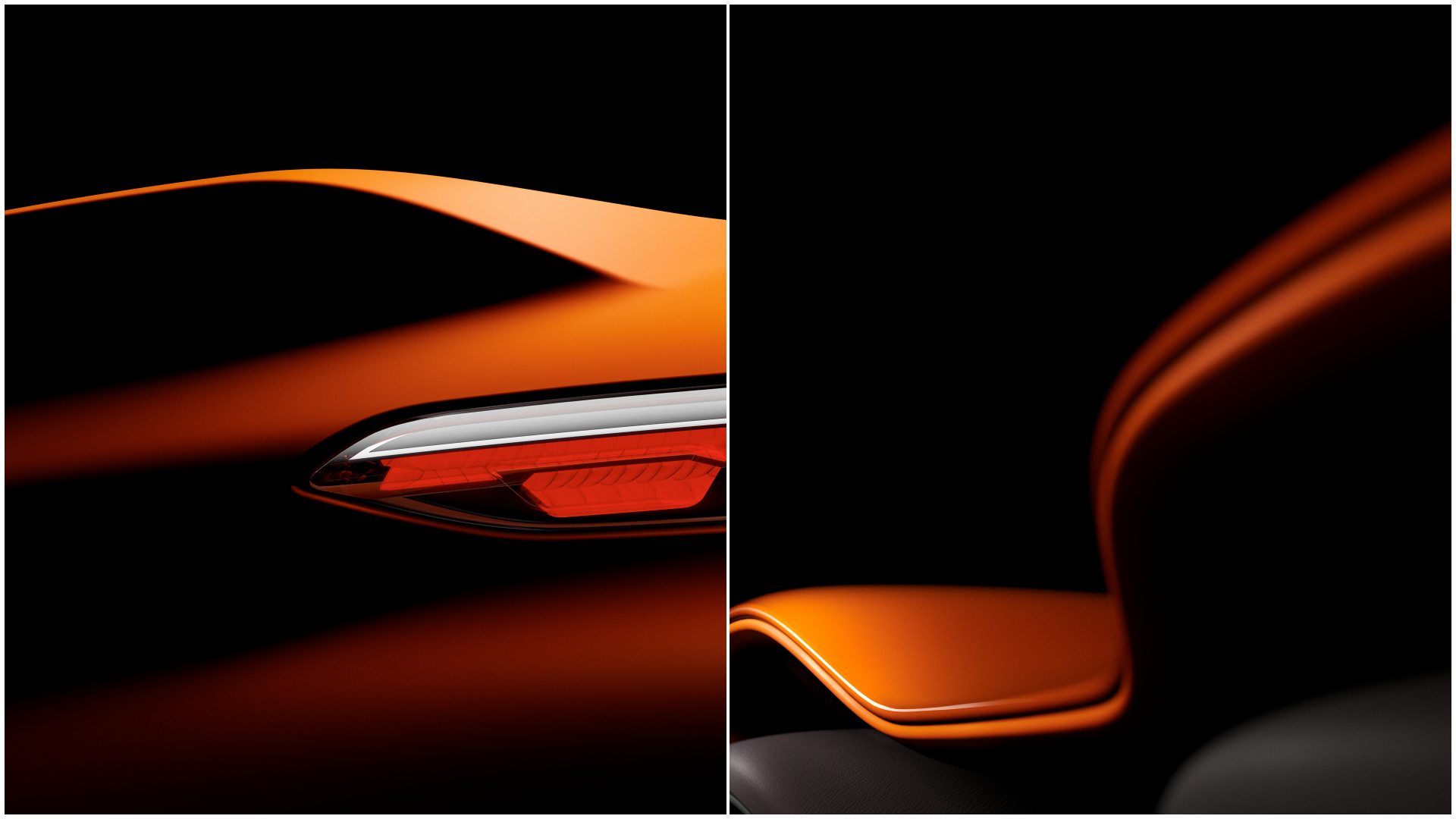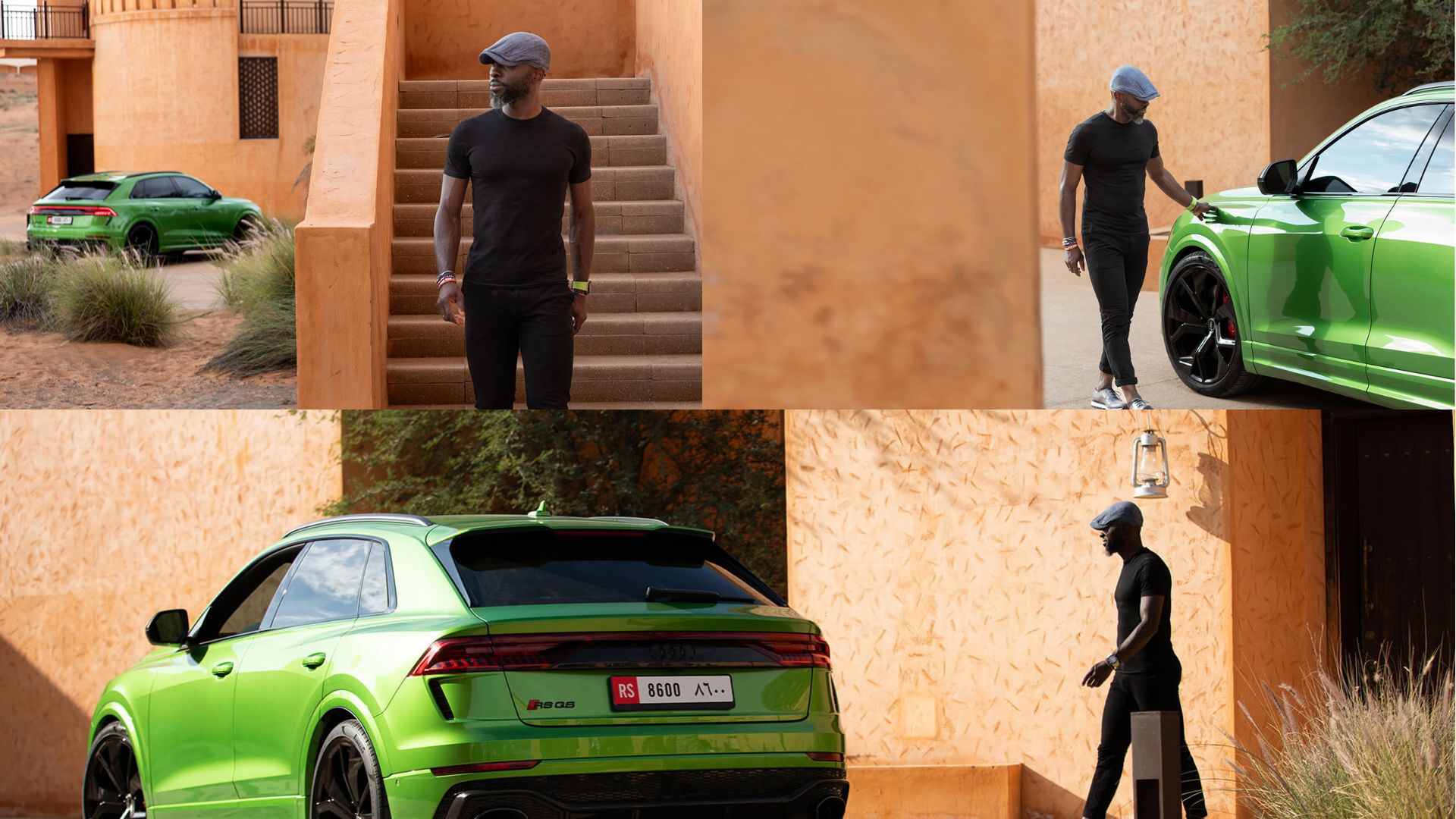Is the Ferrari Purosangue the coolest super SUV to date?
Say hello to the first four-door Ferrari.
Every new Ferrari launch is awaited with anticipation and excitement. The people who do not know about cars can sense a new Ferrari is about to be launched! In recent times no other Ferrari has received so much attention as the Pursosangue.
Pursosangue in Italian means thoroughbred. But is this a thoroughbred Ferrari? Let us dive into the car’s details and explore the ins and outs.
DESIGN
The design language on the Purosangue is the first ever for Ferrari. Previously, Ferrari has made 2+2 GT cars such as the GTC4Lusso, FF and the 612 Scalgetti. However, they never had four doors. The Pursosangue changes that. The Purosangue is a proper four-seater four-door GT car. In a way, if you look at it, you could be reminded of the GTC4Lusso on stilts.
The design language is unmistakably Ferrari. You can immediately tell it’s a Ferrari but a bit taller. The stance of the Purosangue is more elevated and broader than its sportscars brethren. For the first time, Ferrari is producing a four-door car. Previously all four-seater vehicles had only a two-door setup.
Ferrari chooses not to call this an SUV, and I agree. Other competing brands always show their cars offroading in challenging situations and terrains. At the launch, Ferrari did not show that, making me believe that the Pursosangue is not designed for heavy-duty offroading. It is more a GT car with a preference for style and speed. For dune bashing, you have other vehicles. Plus, a slightly higher vehicle makes ingress and egress easier. This stance makes the Pursosangue perfect for any occasion and the ideal daily driver.
Styling! unmistakably a modern Ferrari. The Pursosangue takes design cues from its brethren. The entire silhouette looks sleek, fast and purposeful. The design flow and metal work remind me of the Roma, and the whole car feels like it has been designed by water flowing over a piece of metal and sculpting it into shape. The headlights and the front grille remind you of the SP1, SP2, Roma and SF90. The bonnet opens like a clamshell, just like the SP1 and SP2. The sides are designed to ensure air flows around efficiently and have multiple folds, angles and curves.
The easter egg here are the suicide doors! Just like a Rolls Royce! No one, I mean, no one predicted this. The rear doors are motorised and open from the middle. They just look super cool! Also, they are button operated! Nothing out there even comes close to how this looks. How do the doors open? Look closer, and you can find the button on the B pillar. Did you also spot the Roma-inspired door handles on the front doors?
Let us talk about the rear. The Ferrari 296 GTB inspires the taillights. Also, the rear somehow reminds me of a higher, more modern version of the GTC4Lusso. I also see inspiration from the Porsche Cayenne GT Turbo over here. Most modern SUV coupes face this problem; how do they design a clean rear? The Pursosangue is better off in this matter.
I will include aerodynamics as a part of the styling paragraph because they go hand in hand. The Purosangue has a ton of aero trickery going. Some are visible, and some are hidden.
Headon, you can see how slippery the Purosangue looks. The carbon fibre wheel arches work with the aero wheels to channel airflow smoothly around the car. The entire side profile then directs air to the rear lip/ducktail spoiler. You can see ducts on the bonnet and sides, which were first introduced on the Ferrari 599 GTB.
From the side profile, you can identify where and how the air will flow around the Purosangue. Most of the aero management is done by air flowing on the car’s underbody. The entire airflow management is an art in itself.
INTERIORS
Another first for Ferrari. Ferraris are drivers’ cars, and the interiors have always been driver-centric. This time the passengers get equal attention as well.
The Pursosangue is a clear 2+2 four-seater. The driver gets the modern layout adapted in the Ferrari 296 GTB. With the passenger side mimicking, the same format with the touchscreen display has the centre of attention.
In true Ferrari style, the driver can access all functions and settings via the buttons and knobs on the steering wheel, whereas the passenger can access the settings via the touchscreen in front of them.
The centre console gets a rotary knob for HVAC management. The entire design looks clean, simple, elegant and minimalistic. Just the way it should be.
The rear passengers finally enjoy the car as much as the front passengers—no need to resort to acrobatics to get in and out of the vehicle. While inside, they also sit nice and high up with ample light. From the looks, I think visibility will be compromised with the sloping down roofline and curving up belly line. However, it is still better than all previous 2+2 Ferraris. The rear is clutter-free, making it more enjoyable.
The seat design and the monochromatic roof are two things of great interest to me. The seats look like they have been lifted from a sci-fi movie-inspired spacecraft. Thoroughly modern and very good looking. You can opt for a carbon fibre roof or a single-panel monochromatic glass roof to add to the drama. The glass roof can change the level of transparency at the touch of a button, depending on your mood! I would opt for the glass roof!
ENGINE & PERFORMANCE
For the first time, I am placing the performance bits of a Ferrari at the very end! Is it fast? Yes, it is very fast; that, however, is expected out of it. That is not the exciting thing, though. How it achieves that speed is what makes it interesting. Ferrari has stuck to its naturally aspirated V12 for the Pursosangue. In contrast, other brands have adapted turbocharging and are discussing electrification or hybridisation in the future.
This is the same engine used in the Ferrari 812 Competizione. It produces 715 HP, does 0-100 in 3.3 seconds and is capable of a top speed of 310 km/h. These figures are on par with the Lamborghini Urus Performante, while the Aston Martin DBX 707 is slightly faster.
The Purosangue comes with AWD and a 49:51 weight ratio. Ferrari has managed to do this by moving the gearbox to the rear. The weight distribution matches that of their previous GT cars.
In constructing the Purosangue, Ferrari used a combination of high-strength steel, carbon fibre and aluminium. Obviously, I am speculating about the car’s handling, but I am sure Ferrari will make sure the car drives and handles like any other Ferrari. And to this, Ferrari has used multiple electronics aids, sensors and tech.
BUYING
The car configurator is live now. Like any other luxury car brand, you will be able to customise and specify the Purosangue to your heart’s desire. Deliveries of the Purosangue will begin in 2023. How much, you ask? There is no official price yet, but the speculation is that it will be priced around the Rolls Royce Cullinan. Will, I recommend buying one? Definitely yes!
Recommend0 recommendationsPublished in Cars, News



























